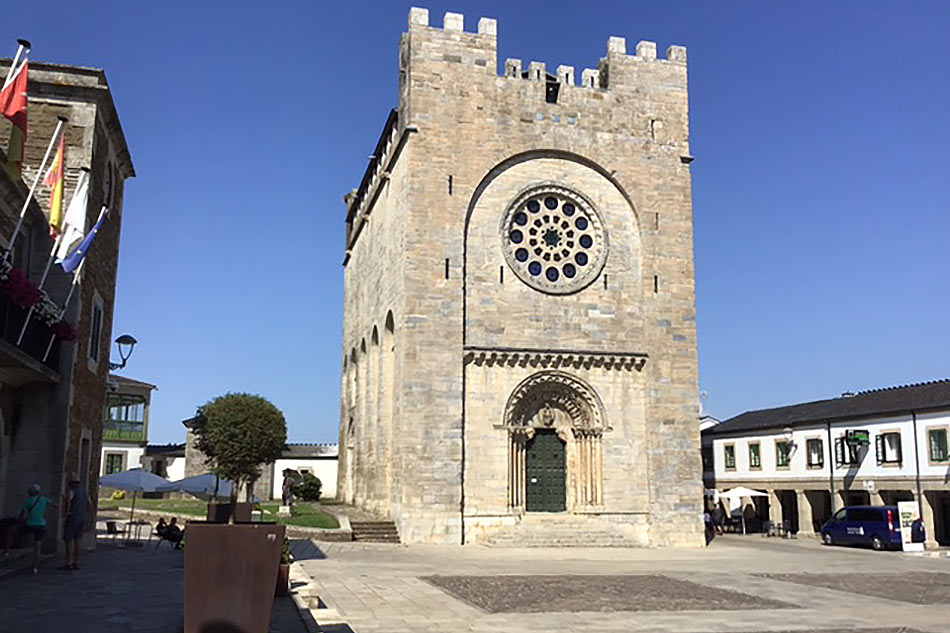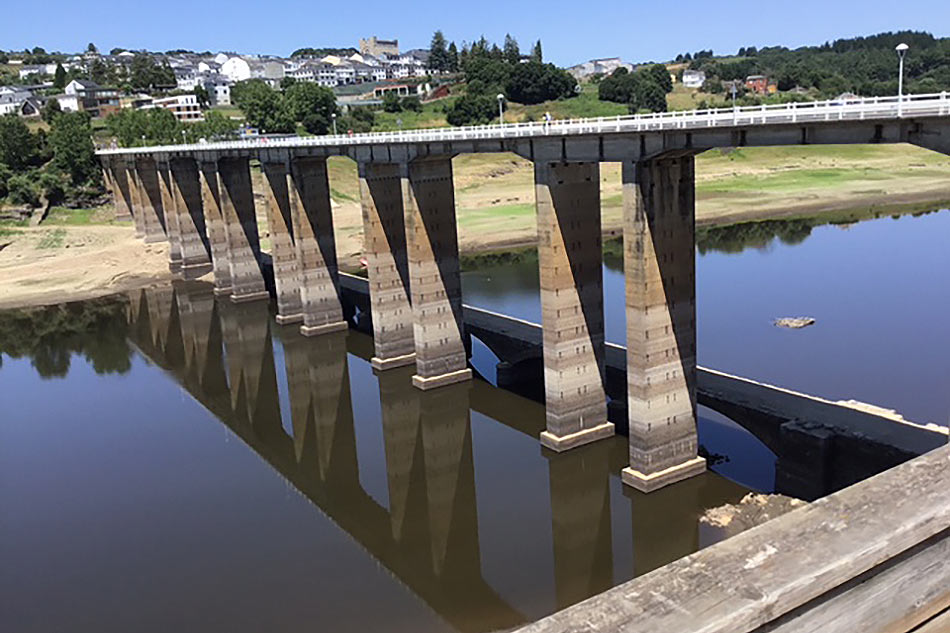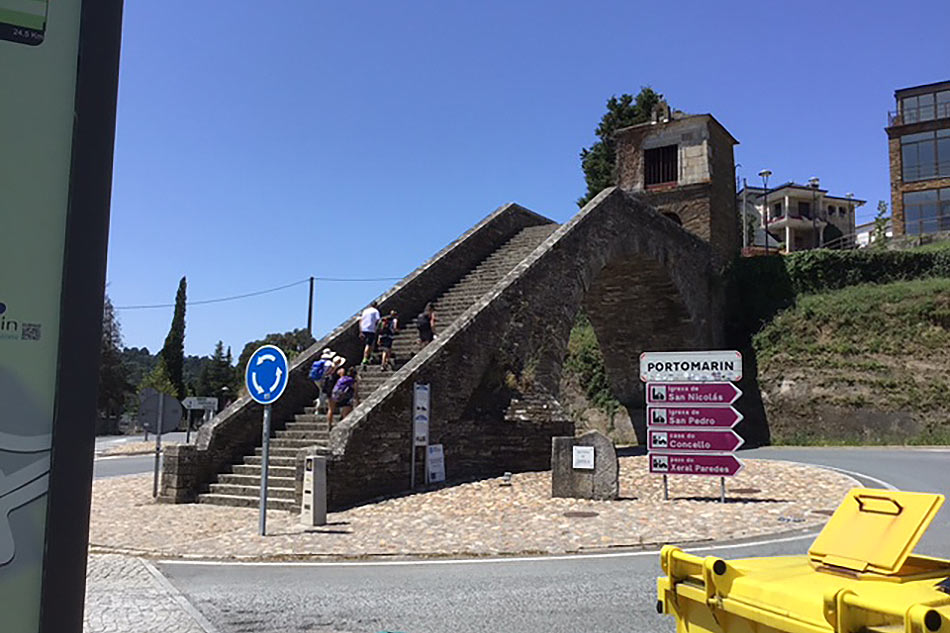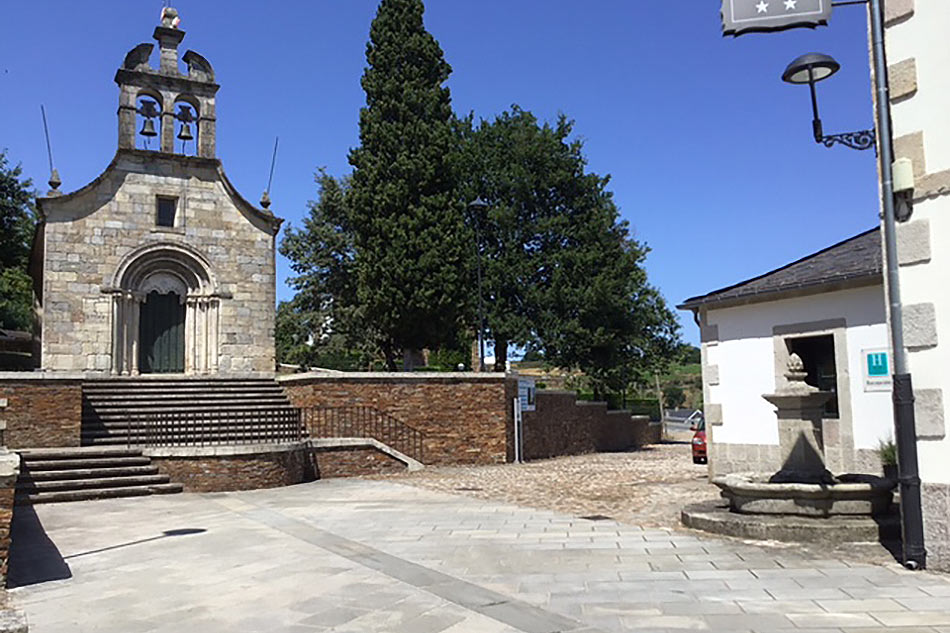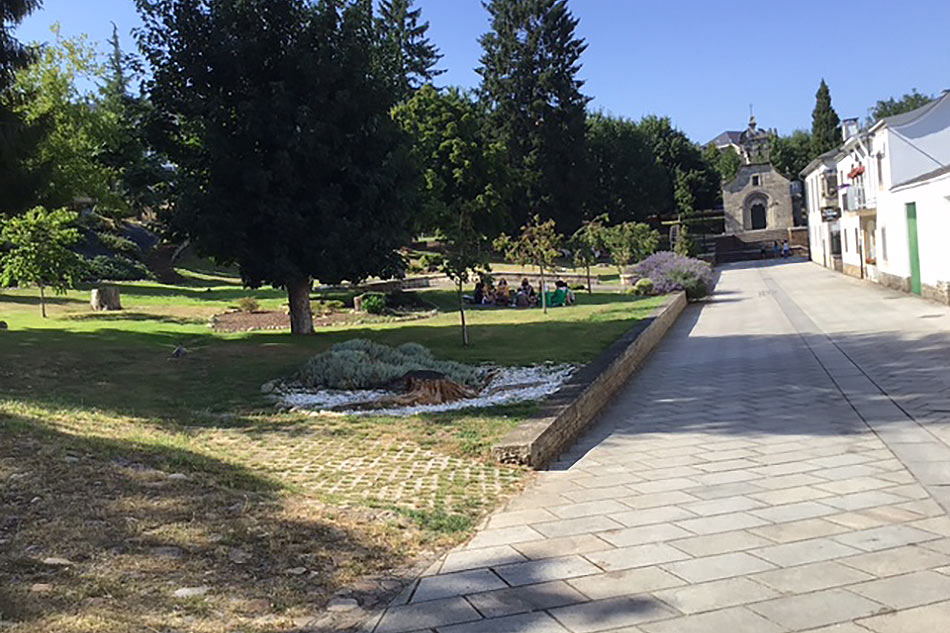Travel notes: Portomarin, Spain | ABS-CBN

Welcome, Kapamilya! We use cookies to improve your browsing experience. Continuing to use this site means you agree to our use of cookies. Tell me more!
Travel notes: Portomarin, Spain
Travel notes: Portomarin, Spain
Buddy Gomez — Cyberbuddy
Published Jul 24, 2021 03:39 AM PHT
Second of a series
Today’s town of Portomarin in Galicia, Spain is in reality only a 50- plus-years-old replacement community for an ancient river town.
Today’s town of Portomarin in Galicia, Spain is in reality only a 50- plus-years-old replacement community for an ancient river town.
Infrastructure development in Spain during the 1960s, still under Franco, deemed that Mino River, upon whose banks existed old Portomarin, could be harnessed as a reservoir. Old Portomarin lay right along the path of inevitable inundation as a consequence of the dam and reservoir project.
Infrastructure development in Spain during the 1960s, still under Franco, deemed that Mino River, upon whose banks existed old Portomarin, could be harnessed as a reservoir. Old Portomarin lay right along the path of inevitable inundation as a consequence of the dam and reservoir project.
Happily, the most valuable and historic structures were dismantled, relocated and restored/reassembled literally brick by brick. Such is the church fortress of St. John of the Knights of Jerusalem. That it is also known as church of St. Nicholas remains unanswered.
Happily, the most valuable and historic structures were dismantled, relocated and restored/reassembled literally brick by brick. Such is the church fortress of St. John of the Knights of Jerusalem. That it is also known as church of St. Nicholas remains unanswered.
Portomarin has a population of just a little over two thousand. Its surrounding vicinities are agricultural and notably devoted to dairy farming. It is 25 kilometers from my last stop, Sarria. Because of the “pilgrimage”, Portomarin has also become an important rest and layover choice.
Portomarin has a population of just a little over two thousand. Its surrounding vicinities are agricultural and notably devoted to dairy farming. It is 25 kilometers from my last stop, Sarria. Because of the “pilgrimage”, Portomarin has also become an important rest and layover choice.
ADVERTISEMENT
Anyway, for those wanting to know how a jolly octogenarian would fare hiking over strange and unfamiliar terrain, I am pleased to report that I survived! Without blisters, albeit with sore thighs, legs and toes. The pilgrims’ route intentionally avoided national highways and goes through rural roads, farm roads, rights of way, cow paths, with a minimum use of provincial highway. Some are shaded by farm windbreaks and pine stands but many stretches fall under sunlight assault. It is summertime in Spain.
Anyway, for those wanting to know how a jolly octogenarian would fare hiking over strange and unfamiliar terrain, I am pleased to report that I survived! Without blisters, albeit with sore thighs, legs and toes. The pilgrims’ route intentionally avoided national highways and goes through rural roads, farm roads, rights of way, cow paths, with a minimum use of provincial highway. Some are shaded by farm windbreaks and pine stands but many stretches fall under sunlight assault. It is summertime in Spain.
The first fifteen kilometers was a constantly undulating uphill climb. It was gentle and moderate for younger bones but certainly not for the likes of me. What would normally take 6 hours to walk the Sarria to Portomarin stretch took me 8. After 15 kilometers, my pace had gone down to half of when I started with the first five kilometers. And then, I was strolling with my knees and legs threatening to buckle. But as I said, I survived.
The first fifteen kilometers was a constantly undulating uphill climb. It was gentle and moderate for younger bones but certainly not for the likes of me. What would normally take 6 hours to walk the Sarria to Portomarin stretch took me 8. After 15 kilometers, my pace had gone down to half of when I started with the first five kilometers. And then, I was strolling with my knees and legs threatening to buckle. But as I said, I survived.
All along the pastoral paths were hayfields (much of Galicia being devoted to dairy farming), cornfields, vegetable tracks. What impressed me most was that farmsteads were boundaried by wall-like fencing of stones and slates, neatly piled one on top of another, waist high. The stones and slates are much mossed over, with crevices peeping out with ferns, wild berries and wild flowers, profuse with yellows, violets and whites. Behind these stone fences, there are apple and fig trees.
All along the pastoral paths were hayfields (much of Galicia being devoted to dairy farming), cornfields, vegetable tracks. What impressed me most was that farmsteads were boundaried by wall-like fencing of stones and slates, neatly piled one on top of another, waist high. The stones and slates are much mossed over, with crevices peeping out with ferns, wild berries and wild flowers, profuse with yellows, violets and whites. Behind these stone fences, there are apple and fig trees.
My next destination is another 25-kilometer stretch, similar terrain. Pals de Rei.
My next destination is another 25-kilometer stretch, similar terrain. Pals de Rei.
Click here for other CYBERBUDDY articles
Read More:
blog roll
blogroll
Buddy Gomez
travel
Galicia
Spain
Santiago de Compostela
pilgrimage
Cyberbuddy
Portomarin
ADVERTISEMENT
ADVERTISEMENT


